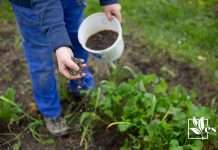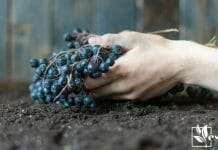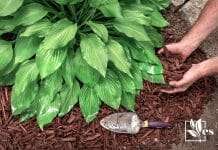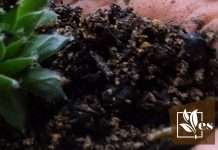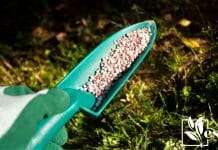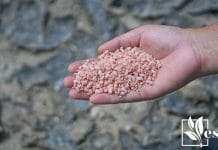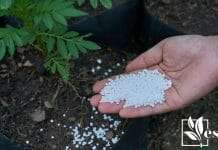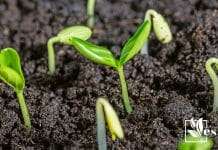Japanese Maples, known as Acer Palmatum, are captivating additions to gardens due to their striking foliage and graceful shapes. Their care is quite straightforward, yet the timing of certain practices, like fertilizing, can significantly alter their health and display. It’s common for gardeners to ponder the optimal window for feeding these trees to enhance their beauty without causing undue stress.
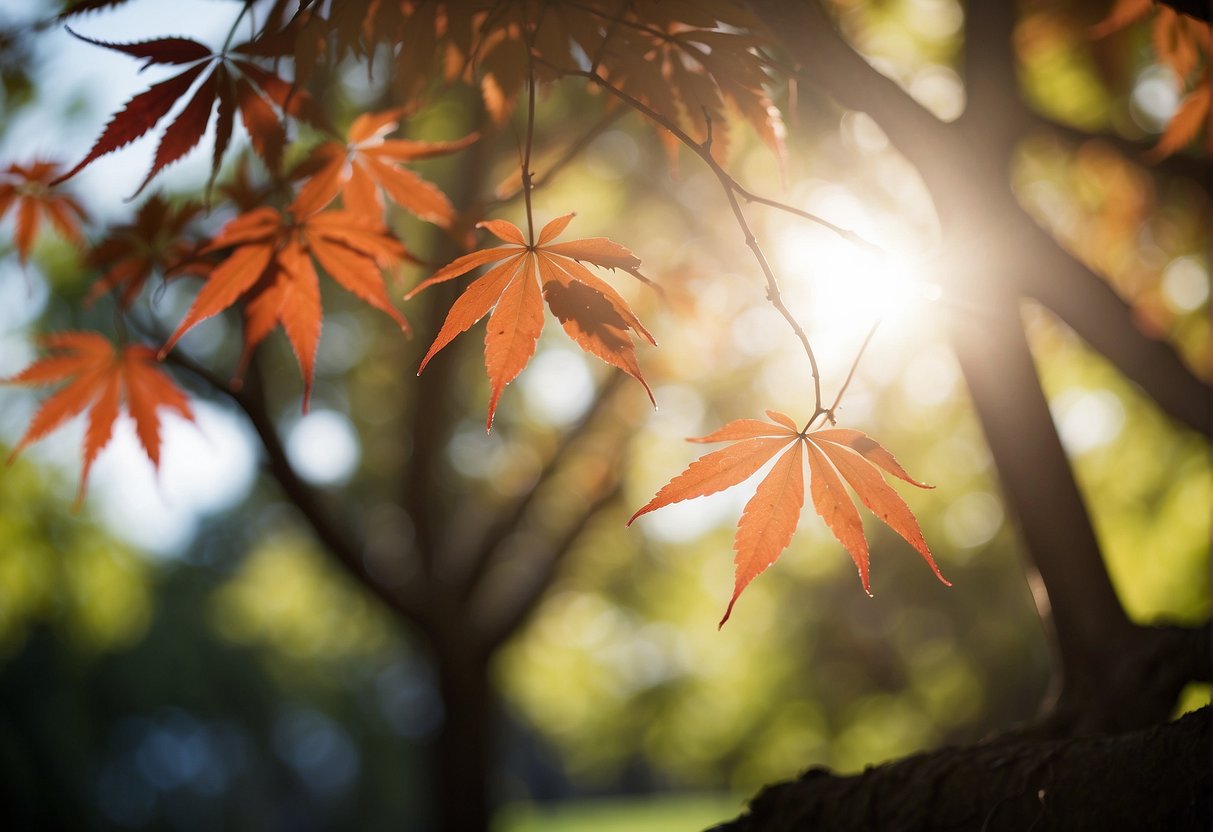
I fertilize my Japanese Maples early in spring, just before the buds break into new leaves. This timing allows the roots to absorb and utilize the nutrients effectively for spring growth.
I’ve learned to use fertilizers sparingly—overfeeding can lead to weak growth and potential damage. A balanced, slow-release fertilizer that doesn’t skew too high in nitrogen fits the requirements for these delicate trees. I ensure that it’s applied at the drip line and not directly against the trunk to prevent any root burn. The goal is to mimic the natural nutrient boost they would receive in their native woodland habitats, where fallen leaves naturally decompose and enrich the soil.
JUMP TO TOPIC
Planting and Initial Care
Before planting a Japanese Maple, it’s crucial to choose an appropriate site and prepare the soil to ensure proper root development and long-term health of the tree.
Choosing the Right Site
When I decide on a location for planting a Japanese Maple, I look for a place that provides the right balance of sunlight and shade. It’s important to choose a site that shields the delicate leaves from harsh afternoon sun to prevent scorching, yet can receive morning light which is gentler. Wind protection is also vital to avoid leaf tattering. I always ensure the selected site is far enough from other trees to prevent root competition.
Soil Preparation and Planting
💥 Soil Preparation
Soil testing is a priority to determine pH levels and existing nutrient content before planting. Japanese Maples prefer a pH range of slightly acidic to neutral. Well-draining soil enriched with organic matter offers the best environment for the root system to thrive. I amend the soil accordingly based on the test results.
-
Soil Mix: I incorporate a mixture of garden soil and compost to improve texture and fertility.
-
Planting: I dig a hole as deep as the root ball and two to three times wider. I make sure the top of the root ball is level with the surrounding soil to encourage the roots to spread outwards rather than become pot-bound.
Post-planting, I water the tree thoroughly to settle the soil around the roots and eliminate any air pockets. I continue to monitor soil moisture in the following weeks to ensure the newly planted Japanese Maple is not stressed by drought conditions.
Maintenance and Growth
To ensure the optimal health and display of a Japanese Maple, I pay close attention to its watering and pruning needs. These practices contribute to the vigorous growth and hearty resilience of the tree throughout the year.
Watering Requirements
I ensure that my Japanese Maples receive consistent moisture, being cautious not to waterlog the soil as it can encourage root rot. Especially during dry spells, I provide supplementary water, directing it to the root zone to avoid wetting the leaves, which could lead to scorching.
Pruning for Health and Aesthetics
Maintaining a Japanese Maple’s form and health involves periodic pruning. I prune my maples to remove any dead or crossing branches which may hinder its growth or cause disease. I focus on enhancing the tree’s natural shape rather than forcing it into an unnatural form. Careful pruning also allows me to control the size and maintain the aesthetic appeal of these delicate trees. Ensuring clean cuts and sterilizing my pruning tools between cuts helps prevent the spread of disease.
Fertilization Strategies
When it comes to fertilizing Japanese maples, timing and the type of fertilizer used are pivotal for the health and growth of the tree.
Understanding Fertilizer Types
I’ve found that fertilizers come in various formulations and compositions, which can impact how a Japanese maple absorbs and utilizes the nutrients. The main component to look for is the NPK ratio, where ‘N’ stands for nitrogen, ‘P’ for phosphorus, and ‘K’ for potassium. Each plays a unique role: nitrogen for leaf growth, phosphorus for root and bloom development, and potassium for overall health.
There are also different categories of fertilizers:
- Slow-release fertilizers: These break down and release nutrients over time, providing a steady supply to the Japanese maple without the risk of burning the roots.
- Organic fertilizers: Derived from natural sources, these provide nutrients to the soil and improve its structure.
💥 Essential Tip
I always aim to choose a fertilizer that complements the current soil nutrition levels and the specific needs of my Japanese maple. Testing the soil can provide valuable insights into which NPK ratio would benefit the tree most.
When and How to Fertilize
I fertilize my Japanese maples in early spring before the leaves emerge. This timing ensures that the nutrients are available right when the tree needs them for the growth spurt of the season.
Here’s the approach I take:
- Measure the fertilizer according to the instructions on the package. Too much can harm the tree, so I follow guidelines carefully.
- I apply the fertilizer around the drip line of the tree, which is where the water drips off the outermost leaves.
- After applying the fertilizer, I water thoroughly to help distribute the nutrients into the soil, minimizing the risk of root burn.
Ample watering after fertilizing is crucial to ensure the fertilizer is absorbed properly and to prevent any potential nutrient burn.
In essence, a knowledgeable approach to the fertilization of Japanese maples involves selecting the right type and ratio of fertilizer, applying it at the optimal time, and ensuring even distribution with adequate watering.
Protecting Against Stress Factors
Protecting Japanese maples from stress involves ensuring proper hydration, offering wind protection, managing temperature changes, and promoting good drainage.
Health: I focus on protecting the delicate health of my Japanese maples from stress.
During the Summer months, excessive heat and sunlight can cause stress. I shield my Japanese maples using strategically placed shade cloths to prevent leaf scorch. Hydration is essential, especially when temperatures soar. Mulching helps retain soil moisture, and I ensure that my trees receive plenty of water without overwatering.
To protect from **Wind**, I provide barriers or plant in a sheltered location to reduce the risk of desiccation and physical damage to my maples.
In Winter, fluctuating temperatures and frosts can be harsh. I safeguard them by avoiding late-season fertilization which can cause new growth susceptible to winter damage. If necessary, I use burlap screens to mitigate wind chill and prevent sunscald.
For optimal Drainage, I plant my Japanese maples in elevated beds or ensure the planting site is well-drained to avoid root rot – a silent killer for these trees. The health and development of my trees depend significantly on these protective measures, which serve as a solid foundation for their vigor.



